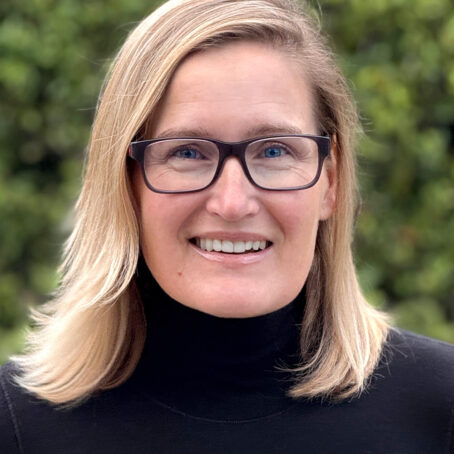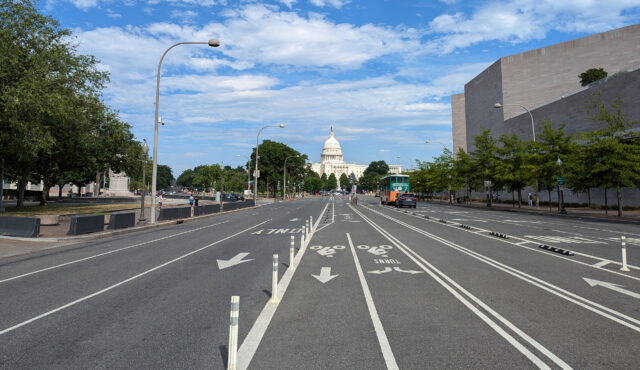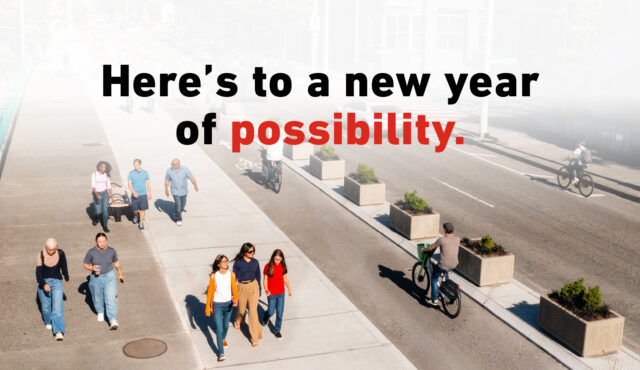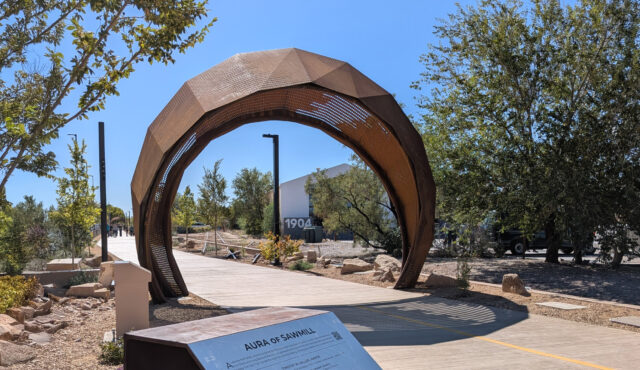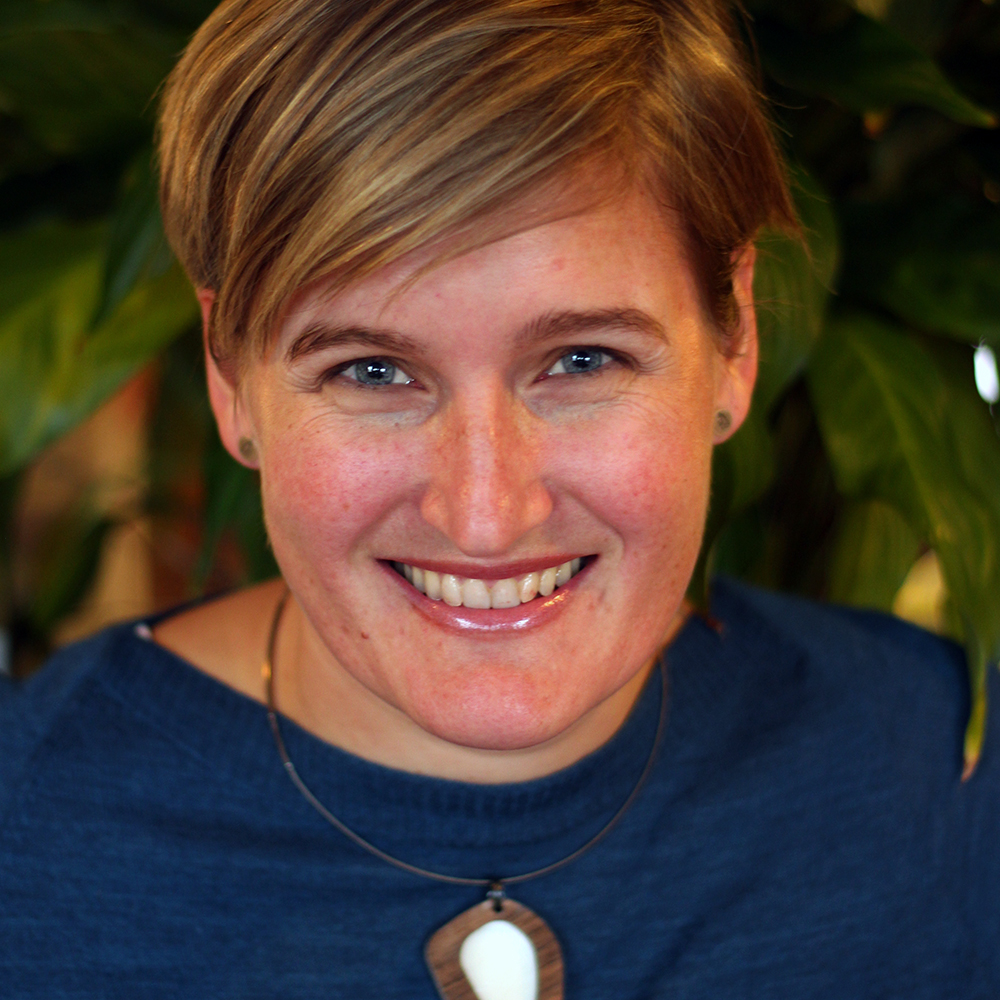

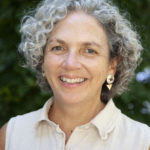

During the month of April, colleagues have described Toole Design’s process for making great places through landscape architecture. First, we listen. We help communities articulate their vision. Then, we execute the vision, developing the concept and dialing in on the details. On paper, the process is simple, but we can’t help but feel that what we do is pretty profound.
We love listening to people talk about their community. We are inspired by their responses to design ideas. For example, during the visioning phase of a recent charrette in downtown Paris, TX, Stephanie Weyer, PLA noticed community members giving some of their most enthusiastic approval to the small concept of glider swings in the main square. “That would be nice,” a woman said, nodding and smiling.
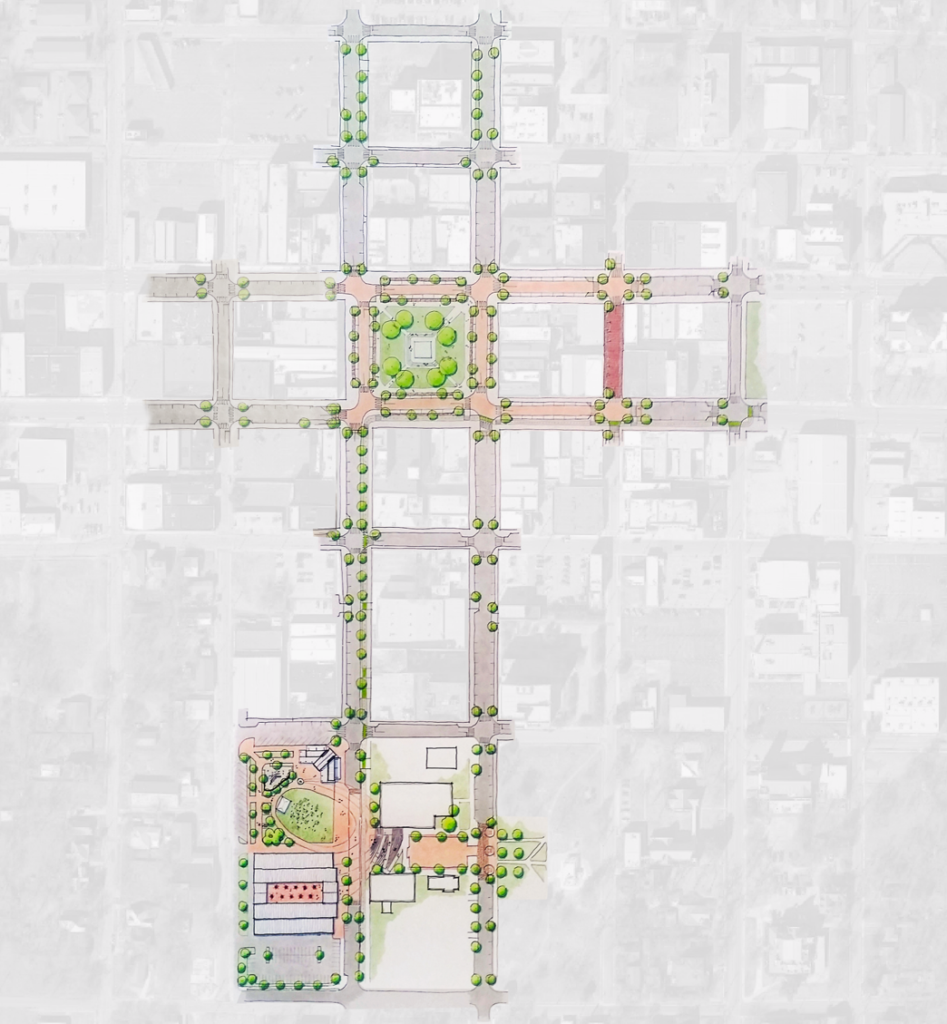
We also love to surprise people by using a “simple” transportation project to solve multiple problems at the same time; it’s like piecing together a jigsaw puzzle. Tackling this kind of challenge is a big reason why we became landscape architects in the first place, and why we choose to practice at Toole Design. For example, Siba El-Samra, ASLA used a street reconstruction project in Southeast Washington DC to calm traffic, better manage stormwater, and improve the public realm. The Dix Street Green Infrastructure project uses multifunctional elements to achieve multiple goals.
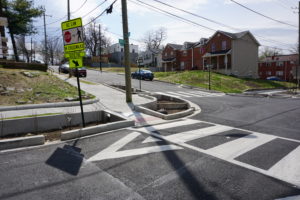
The design team carefully configured the location of each bioretention basin so that it acted as a curb extension. This shortened the crossing distance for pedestrians, reduced the corner radii to slow turning vehicles, and improved the visibility of pedestrians in the crosswalks. All the new curb ramps are ADA-compliant.
Toole Design’s approach to landscape architecture embodies one of our favorite phrases: “Path as Place”. This philosophy holds that the experience of getting to a destination is just as important as being there. “Path as Place” means that we view the transportation system—paths, streets, even highways—as part of the public realm. As a result, we design this infrastructure with great intention and purpose.
“Path as Place” is the lens through which we work to address issues of social equity, human comfort, stress reduction, and public and environmental health. We love envisioning concepts, exploring alternatives, and spending time on the details because we want to create a public realm that makes room for expression, interaction, and joy for everyone… and we do mean everyone.
We acknowledge that throughout the history of landscape architecture, people of different ages, abilities, and identities have been excluded from public spaces. We have systematically denied certain populations the benefit of strong transportation networks. We see how that big, impersonal road cuts through the heart and economy of a vibrant neighborhood. We understand that in a community with poor transit service and low levels of car ownership, we can make a big difference by building in safe bike and scooter networks and improved bus stops.
“Path as Place” also allows us to tackle the challenges of climate change. We use data and research to develop solutions and build more resilient communities. We look for spaces to incorporate stormwater retention along streets we design or rehabilitate, and as we know that waterways and food networks are impacted by pollution from city streets and the destruction of pollinator habitat, we strive to design curb extensions as bioretention planters that filter pollutants while providing vegetation that supports insects and birds. We also just love ecology and think that natural beauty, which studies have shown promotes positive mental health outcomes, ought to be within everyone’s reach.
In sum, our job as landscape architects at Toole Design boils down to revealing how the seemingly nondescript A to B route can be something smart, resilient, and beautiful; something that brings joy into people’s lives in simple ways. We look for elegant solutions to complex social problems and infrastructure needs. We focus on the details to implement the bigger vision. We design our transportation system and the public realm to include and celebrate both people and nature—to make the experience of the journey just as welcoming as the destination.
